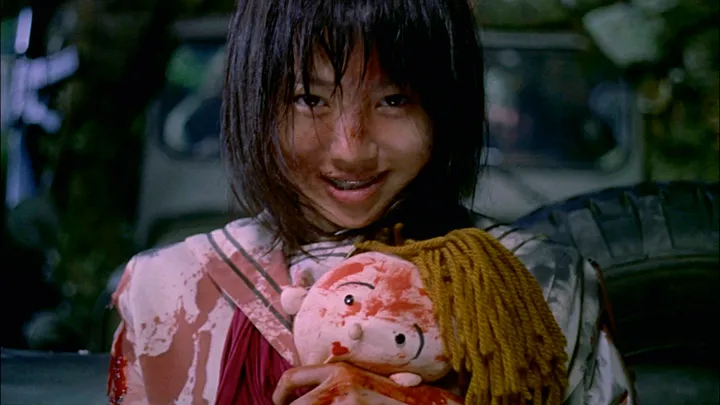
Editor’s note: Fifteen months before GamerGate, anger at Anita Sarkeesian’s “Tropes Vs Women” video series felt like it had finally reached a fever pitch. I could feel an ineffable dread growing in me, but I also think I believed myself—enjoying my career’s brief peak—high above the kind of bad-faith “willful misunderstanding” that was plaguing Sarkeesian. So this Medium entry reads as self-indulgent and congratulatory, even as it stops to read the writing on the wall out loud.
***
I’m a huge fan of the horror genre. I’m also a longtime video game critic and a self-identified feminist.
Not everyone seems to understand what I get out of horror movies—here I mean slashers in particular, although contemplative ghost stories and B-movie pulpiness also get my vote. In fact, I’d say ultraviolent movies most hold my interest, so it follows that I’m a massive Quentin Tarantino fan, a fan of “arterial spray,” and a student of all those early special effects pioneered by Dick Smith. And I’m really smitten with the genre Takeshi Kitano has termed “crisis cinema.”
In the right context I’m not even slightly offended by gross-out stuff, tits-and-ass, or sexualized violence. I tend to accept these things as classic horror staples, staples that—especially in the case of the best North American slasher ever made, Black Christmas (1974)—can be used to chilling, humorous, and otherwise surprising effect.
***
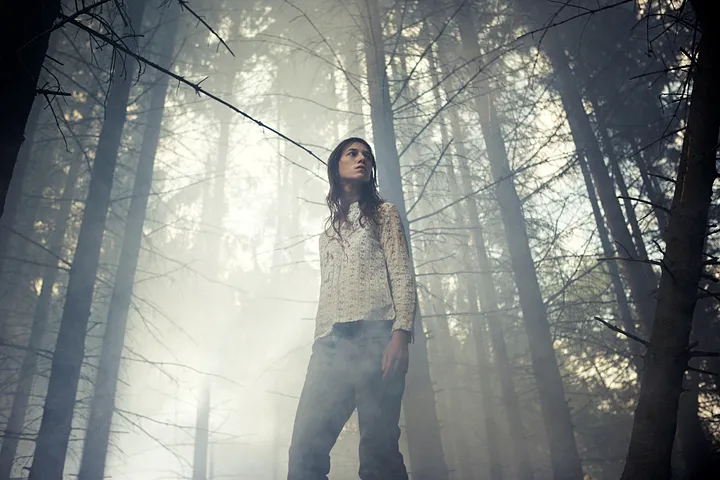
One of my favorite movies in the last five years, which I recommend more as an intellectual exercise than I do a date movie, is Lars von Trier’s Antichrist. It’s a tough watch—its last third is as grippingly gruesome as anything I’ve ever seen—but it’s also a self-professed horror movie and, as such, it’s profoundly striking.
Also, Antichrist is often dismissed as nonsensical, misogynistic, and vile, which I feel is a willfully simplistic read. Horror movies are ordinarily titillating because they’re transgressive in some way; Antichrist almost never titillates. Rather, it’s a nasty little parable about a woman (Charlotte Gainsbourg) who resents her husband (Willem Dafoe) for his overbearing and paternalistic need to infantilize her (he is a psychotherapist who is trying to “fix” his wife by isolating her in a cabin in the woods, whereby he can study her further).
By film’s end, the woman reveals that she has so internalized her ongoing study of sexist religious texts, she is finally convinced she is exactly as evil as centuries of dogma have made her out to be. Then she carries her personal revelation to its organic conclusion, and it is a complete nightmare. It’s… well, the movie is definitely not something you would show your mother.
***
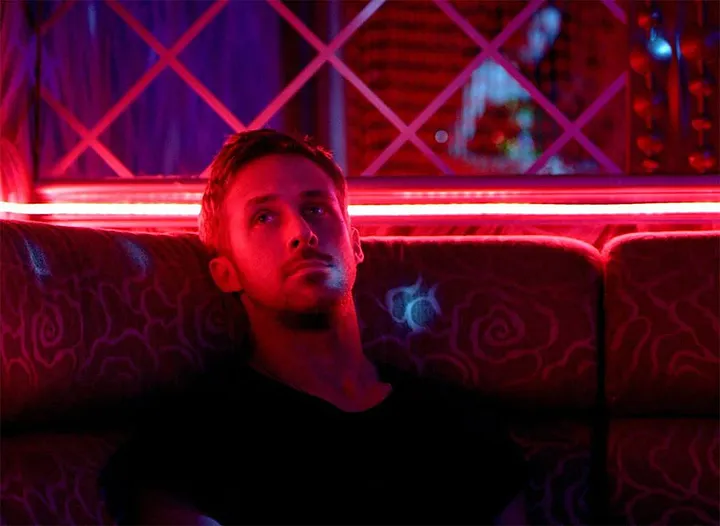
I’m similarly obsessed with negative reactions to Nicolas Winding Refn’s Only God Forgives, which debuted at Cannes last week to boos and walk-outs. Critics have repeatedly compared it, unfavorably, to Antichrist. (Incidentally, my late mother once asked me if she should watch Winding Refn’s Drive and, instead of offering a cogent argument one way or the other, I just started shrieking on the telephone unintelligibly.) Lately I’ve been jotting some thoughts about movies, and specifically about Winding Refn, at Pinboard. Even more recently—prompted by Winding Refn’s fascinating but weirdly sexist, self-effacingly gynophobic interview with New York magazine—I scribbled down some more thoughts about horror:
With horror, themes I’ll ordinarily shy from—gore, misogyny, sexual objectification, darker things like incest, torture, murder, cannibalism, voyeurism—have carved out a safe space. Horror is a sandbox for exploring every taboo we avoid contemplating and discussing as moral, decent, civilized people. And because horror is “lowbrow” we give it a pass, we’ll chalk naked screaming women up to “cheesecake,” and we’ll too happily allow (with a sigh of relief) otherwise well-adjusted people to enjoy horror for what it’s worth, which is nothing.
I still don’t know when I’ll watch Nicolas Winding Refn’s ‘Only God Forgives’ but anyway, this interview is a knockout. He refers to his latest outing as a type of “pornography,” but here I think he means “horror movie.” He talks about violent impulses as something we repress as members of polite society. […]
I was especially fascinated by his comments about, as a man, being unable to “control” his pregnant wife’s body, which he nimbly connected to his own fear of women being “in charge of the universe.” He also mentions castration. (Earlier reviews were especially derisive about ‘Only God Forgives’, complaining that it is hours spent in Winding Refn’s psychosexual subconscious or whatever.)
I was especially moved when Winding Refn stated his interest in casting a horror movie with only women. The interview kind of throws away Winding Refn’s response, but he says something really briefly about his “male gaze” (in not those exact words), about always intending to focus his lens on female characters but his movies end up being about men anyway. I think people can make really good work especially when we identify certain prejudices and then account for those with self-correction.
I think what I’m getting at is, especially with the horror genre, it’s less important what a movie says and more important that you, the viewer, understand why you’re enjoying it. I believe in judicious self-awareness; a director like Nicolas Winding Refn knows exactly why he makes the directorial choices he makes, and he works those kinks right out onscreen.
Or, if you aren’t enjoying a piece of work—if ultraviolence isn’t your thing, or if you’re suffering a visceral reaction—it’s every bit as important that you identify what about the piece is making you uncomfortable.
***
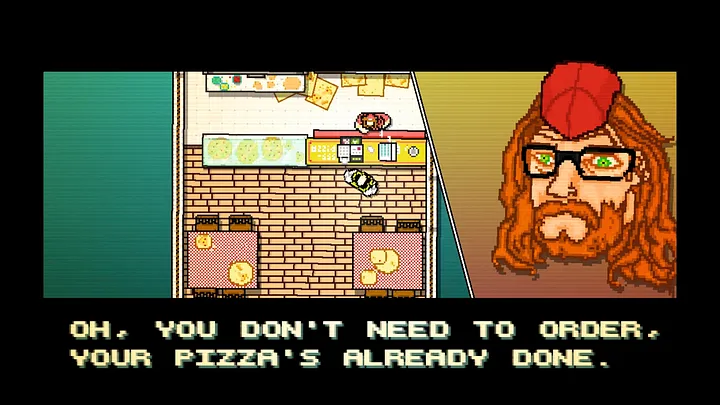
I bring this up because video games—thanks in no small part to a popular interpretation of “video game” as “lowbrow”—should absolutely be a safe space to investigate taboos like sex and violence, gender, racism. To varying degrees games already do. Manhunt contains a complicated narrative about violence and voyeurism and the nature of video games themselves: who is the actor, who is really only watching, and what is the ethical line there? Games like BioShock Infinite and Far Cry 3 are way more interesting than the average title, even when by some critics’ accounts they fail at what they attempt. Still, these video games do work on multiple levels, as dialogue-starters and as pieces of entertainment.
But for better or worse, video games and their themes consistently alienate broad swathes of game players—and often for the very reasons other demographics of player enjoy them. As critics, players, and creators, it becomes important to identify and acknowledge both what is happening and why.
***
At *the very beginning of her latest video, Feminist Frequency’s Anita Sarkeesian stresses that it is “both possible, and even necessary, to simultaneously enjoy a piece of media while also being critical of its more problematic or pernicious aspects.” This is exactly how I feel about horror cinema.
This video is the second in Sarkeesian’s “Tropes vs. Women in Video Games” series. In it, Sarkeesian underscores a power imbalance drawn along gender lines, an imbalance that is romanticized, not only in cinema and literature and video games, but glorified even in our own everyday, heteronormative relationships.
And while there isn’t anything wrong with rescuing a disempowered romantic interest, nothing wrong with being prompted to revenge by a wife’s untimely death, at some point these themes become so pervasive that it’s worthwhile to investigate what exactly they may signify and why they recur as archetypically as they do. Sarkeesian’s videos seek to illuminate a dangerous cultural pattern. When men and women are barraged with a narrative arc wherein the man is “the rescuer”—and, make no mistake, chick lit relies on this trope too—it reinforces a normative power dynamic that, in practice, can be devastatingly unhealthy.
***

Again, I often catch myself feeling about video games the way I feel about ultraviolent horror movies and “extreme” cinema: all is permitted, but all is especially permitted when a work’s creator demonstrates any self-awareness at all. I also strive for self-awareness as a consumer. I like to finish playing a game or watching a movie and, afterward, immediately seek out commentary, criticism, and analysis. Really good criticism is fun to read when it puts into words what I cannot for myself, when it can explain to me why I felt the way I felt.
Identifying the status quo is also necessary so we can talk about other pieces of media that subvert these tropes in meaningful ways—something Sarkeesian pledges to do in the third video in her Tropes vs. Women series. Really good video games do this, same as really good pieces of horror film do this. Or, even when these pieces aren’t successful in all they attempt, we can at least acknowledge their ambition at elevating the typical narrative.
Since Sarkeesian’s video is just over twenty-five minutes long, I do encourage anyone pressed for time to skip to the twenty-two-minute mark for her conclusions.
***
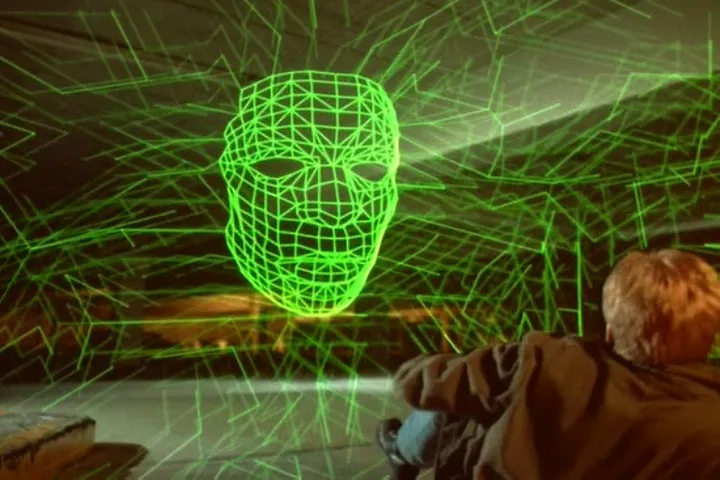
But this isn’t the first twenty-minute YouTube video I’ve watched today. This morning I watched Slacktory’s fantastic supercut of video games in movies. This video is a veritable survey course on how other popular media represent video games and their players—making it far, far more damning an indictment on games than Sarkeesian’s Women vs. Tropes video could ever be.
Immediately after watching Slacktory’s video, I found myself reading—and then contributing to—a collaborative Google doc that served as inspiration for this lecture, which hones in on games invented for fictional works of film and literature. Many of my contributions were actually derived from a list of horror movies I made in 2008. Almost all the movies I cite are a laugh because they’re invariably technophobic and fear-mongering: they’re the result of a sort of video game moral panic, and they’re certainly out of touch with reality. The scripts for these horror movies are lazy and clichéd, usually interested only in reiterating an outdated, strangely conservative or traditional valueset.
Which is exactly what Anita Sarkeesian’s videos rally against.
***
And Sarkeesian’s Feminist Frequency videos aren’t fearful or phobic; instead, they extend hope that video games and other media live up to their promise. But that hasn’t stopped some video game fans and men’s rights advocacy collectives from repeatedly decrying (and possibly even sabotaging) Sarkeesian’s work.
Tellingly, Sarkeesian’s game videos themselves go into little depth at all. Their arguments are radically nonconfrontational, and also limited by time constraints. They’re basically “supercuts” themselves, demonstrating a medium’s laziest trait—this is the humor and value in any good supercut, really—so there is barely anything about Sarkeesian’s takeaway message to cause real affront to anybody.
The disproportionately angry reaction to the Feminist Frequency videos, however, is due cause for alarm. If people, especially female people, can literally say nothing in criticism of lazy game narratives, what hope do we have?
Nobody should become absolute arbiter of what we consume; that’s a private responsibility for adults or parents. We ourselves are our own gatekeepers.
But is it good for the spirit? That’s what my sweet, kindly mother used to ask me, no matter what movie I was watching, no matter what book I was reading.
There’s a lot of value in that motherly question, and I often found myself critically defending works for my mom’s own edification and confidence. As I grew older, though, I started having these exact same arguments with myself. Because, when we become adults—when Mom is no longer around to ask those important questions—we have to learn to “parent” ourselves. We become responsible: we have to prove to our own minds why the media we consume is, not just all right, but culturally significant.
In the end the best hope we have, as advocates of a medium, is to welcome and encourage critical analysis, even when it hurts. Becoming responsible consumers is our last best chance at imbuing our chosen, beloved art form—video games—with the meaning it deserves.
![]() originally featured at Medium
originally featured at Medium
